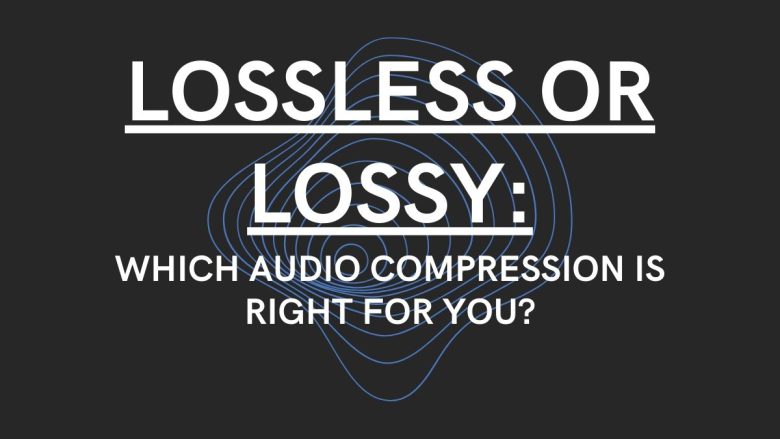
In digital audio, the choice is key. You must pick between lossless and lossy formats. You may be an audiophile who seeks perfect sound. Or, you may be a casual listener concerned with space. But to improve your audio, you need to grasp the differences between these formats. This companion will explore lossless and lossy audio contraction’s traits, benefits, and factors. It will help you choose the option that best suits your needs.
Understanding Lossless Audio Compression
Lossless audio compression preserves the original audio data without any loss in quality. This means that when you compress a song with a lossless codec, You can expand it later without any loss ofof sound quality. Some audio formats are lossless. Examples include FLAC, ALAC, and WAV. FLAC stands for Free Lossless Audio Codec, ALAC for Apple Lossless Audio Codec, and WAV for Waveform Audio Format.
Lossless contraction is great for audiophiles. It is also great for audio pros. They demand exacting sounds. sounds. It’s well-suited for music production, learning, and archival storage tasks. These are tasks where keeping the nuances of the original recording is key. Still, lossless lines tend to be larger than their lossy counterparts. This may matter for drugsdrugs with limited space.
Exploring Lossy Audio Compression
Lossy audio contraction, on the other hand, offersoffers some audio quality in order to achieve lower train sizes. Discarding less–essential audio data accomplishes this task. This data includes high-frequency sounds. These sounds may be masked by louder sounds. The most common lossy audio format is MP3, which stands for MPEG Audio Layer III. Other popular formats include AAC, which is short for Advanced Audio Coding. There is also OGG, which is short for Ogg Vorbis.
We favor lossy contraction. It can greatly cut train sizes. And it keeps good audio quality. This makes it ideal for digital music distribution. It’s also perfect for streaming and movable audio players. They often have limited storage and bandwidth. Lossy contraction may cause some loss of audio dedication. But the difference is often tiny. This is especially true in everyday listening places.
Factors Influencing the Decision
When choosing between lossless and lossy audio contraction, you should consider several factors.
1. Sound Quality:
You prize sound quality most. You have space for larger files. Lossless compression may be the best option. Still, if you care mostly about saving space and don’t mind a slight audio quality loss, loss, Lossy compression may be better.
2. Storage and Bandwidth:
Consider your storehouse and bandwidth conditions. Lossless lines are larger. They may not be practical for streaming or mobile use. Lossy lines offer lessless contraction and are more suited for these scripts.
3. Listening Environment:
Assess your listening terrain and outfit. Costly audio systems and headphones may reveal small differences. They reveal them between lossless and lossy files. But casual listening on portable players or in noisy places may not benefit much.
4. Usage Patterns:
Operation patterns are about how you intend to use the compressed audio files. But you may need lossless compression. It maintains the integrity of the original recordings. This is if you work in audio production or mastering. Still, for casual listening, streaming, or playing music online, lossy compression is often enough.
Conclusion
In the lossless vs. lossy audio contraction debate, there’s no one-size-fits-all answer. The right choice depends on your priorities, preferences, and listening habits. But lossless compression may be best if you want exact sound quality. You also need lots of storage space. Still, if you care more about effectiveness and convenience, lossy contraction is practical. It does this without a significant loss in audio quality. Eventually, whether you choose lossless or lossy compression, both formats let you enjoy your favorite music and audio. They are dedicated and convenient, fitting your needs and preferences.


